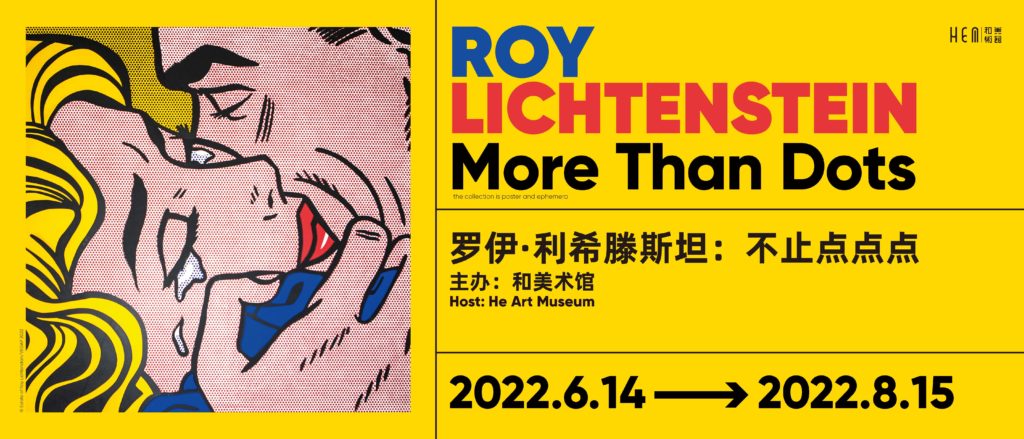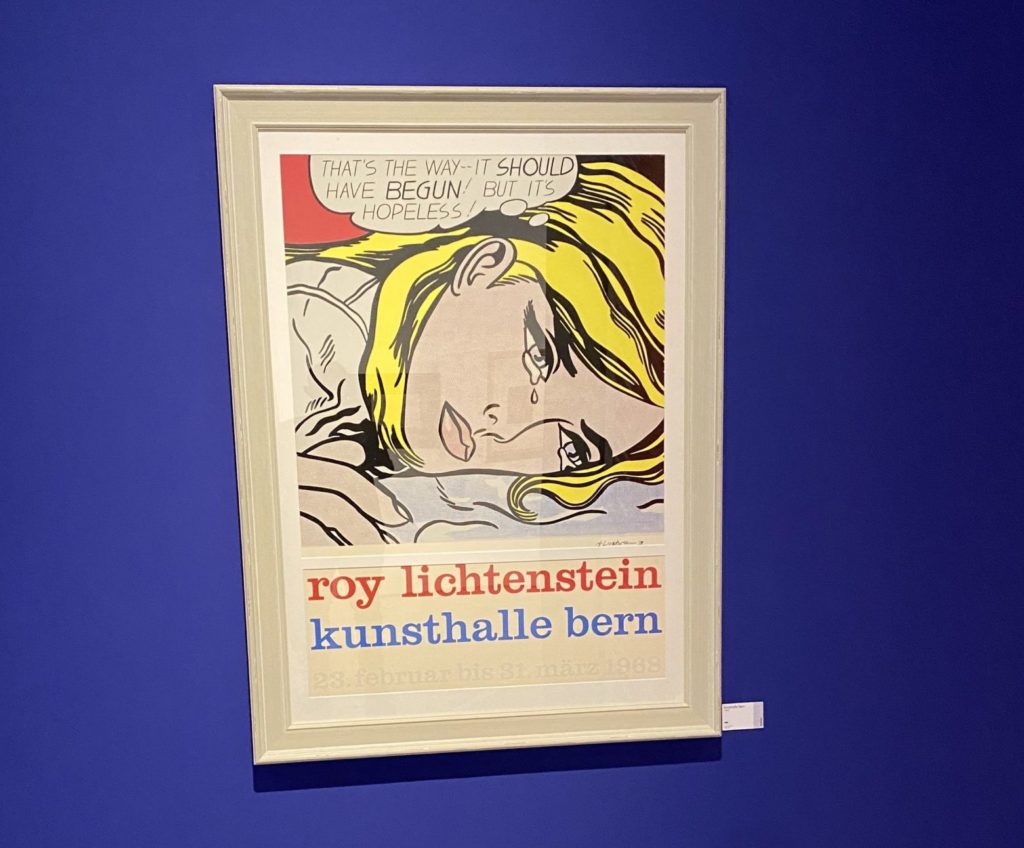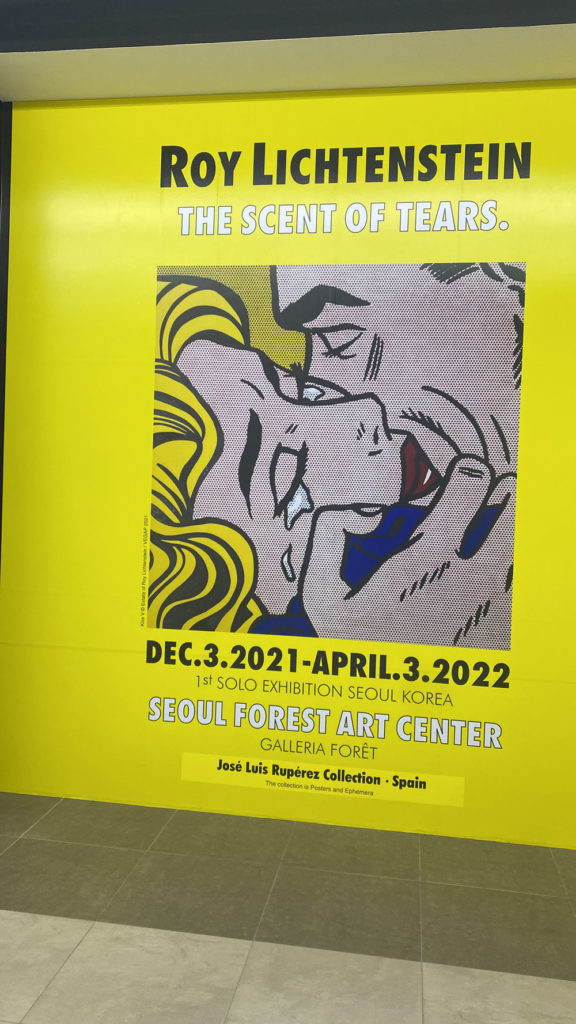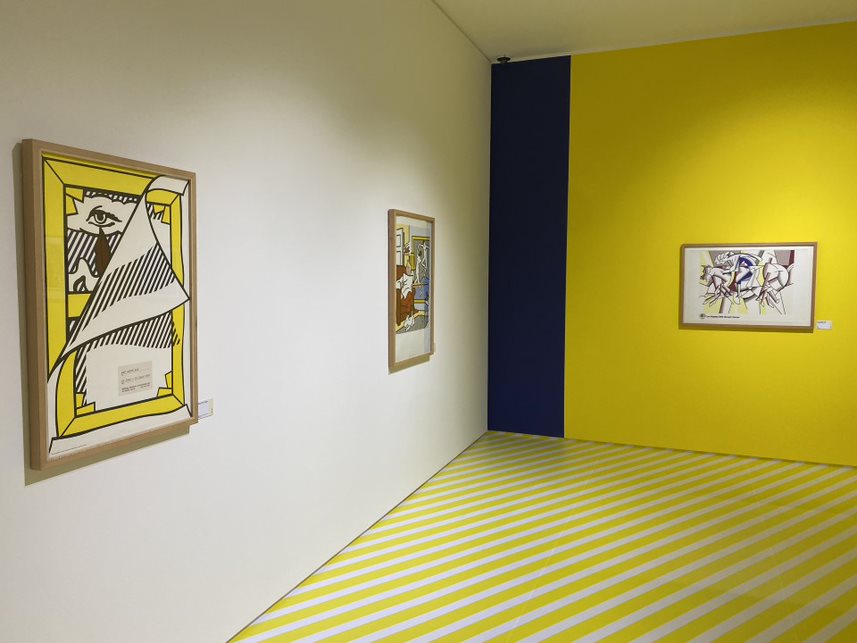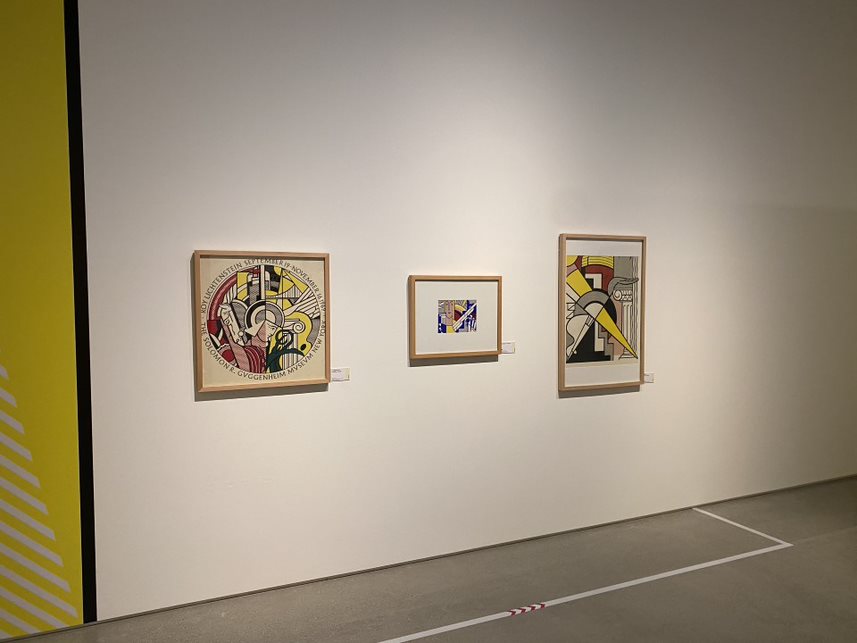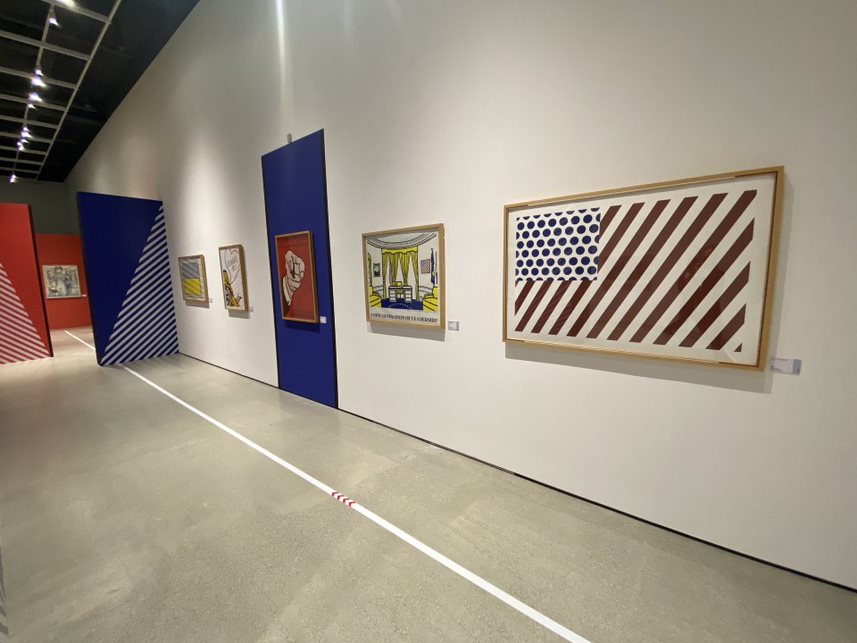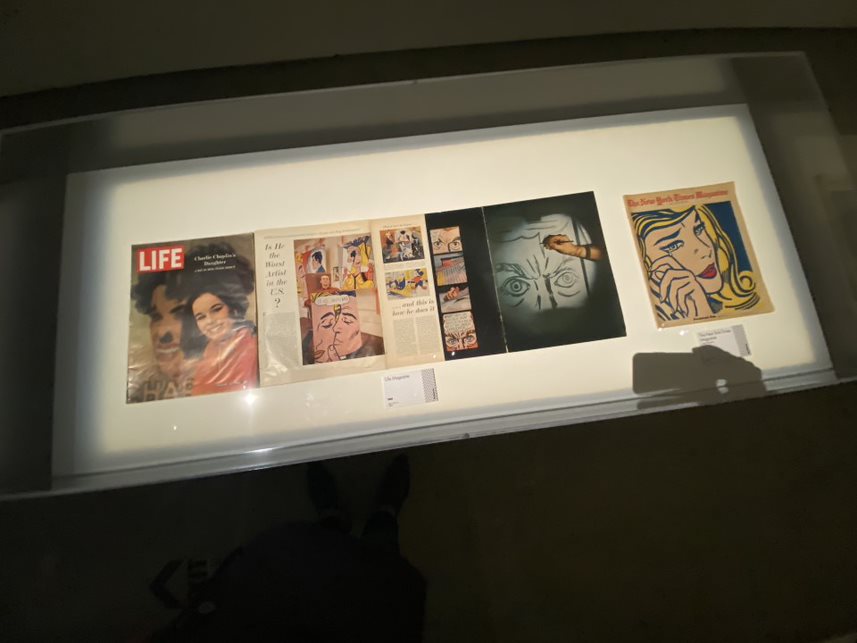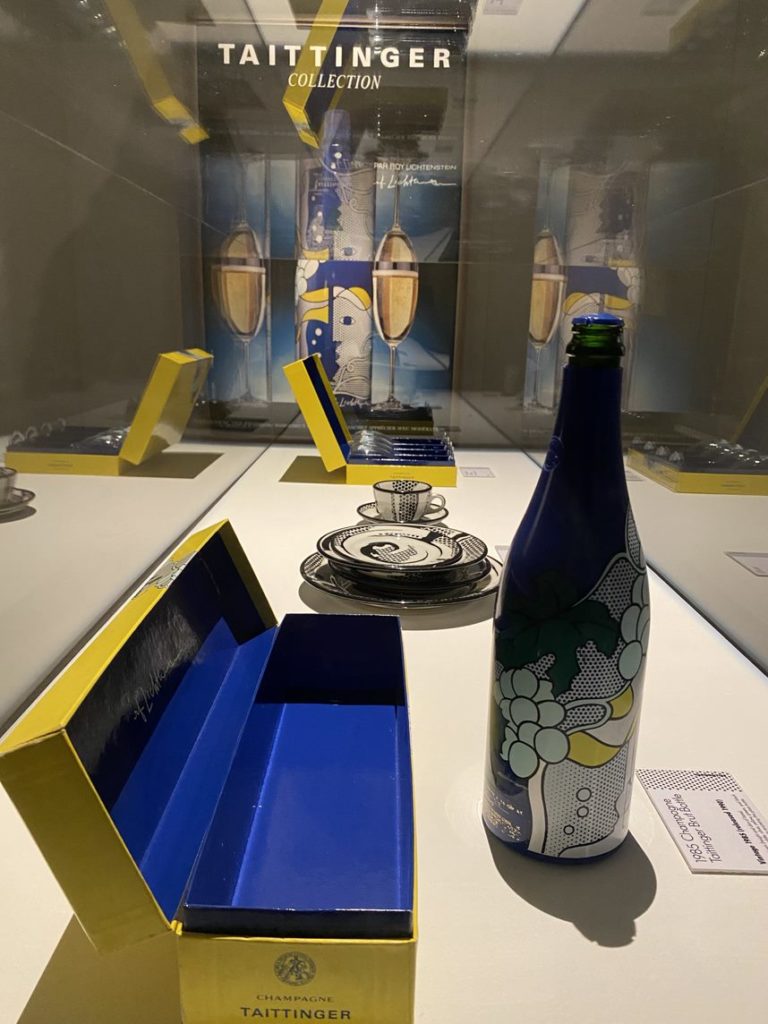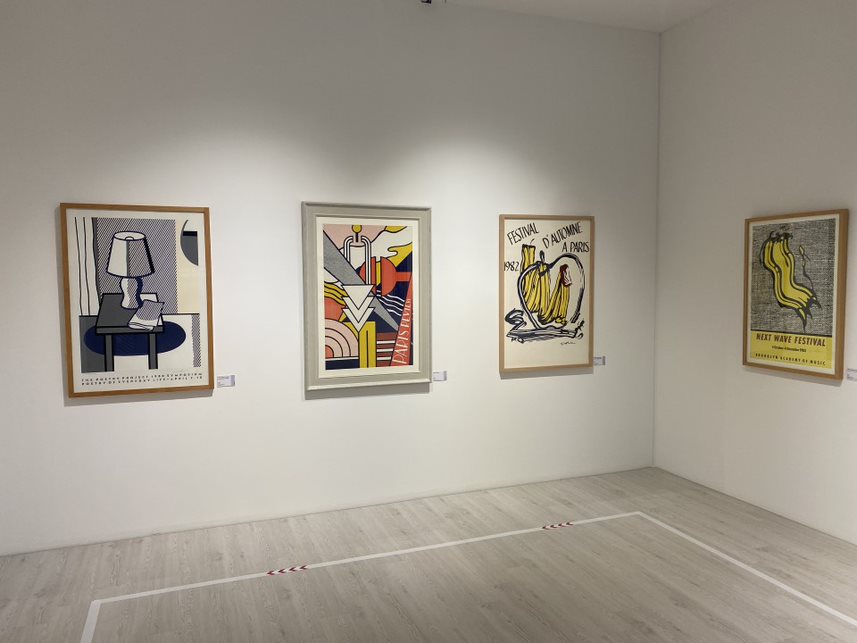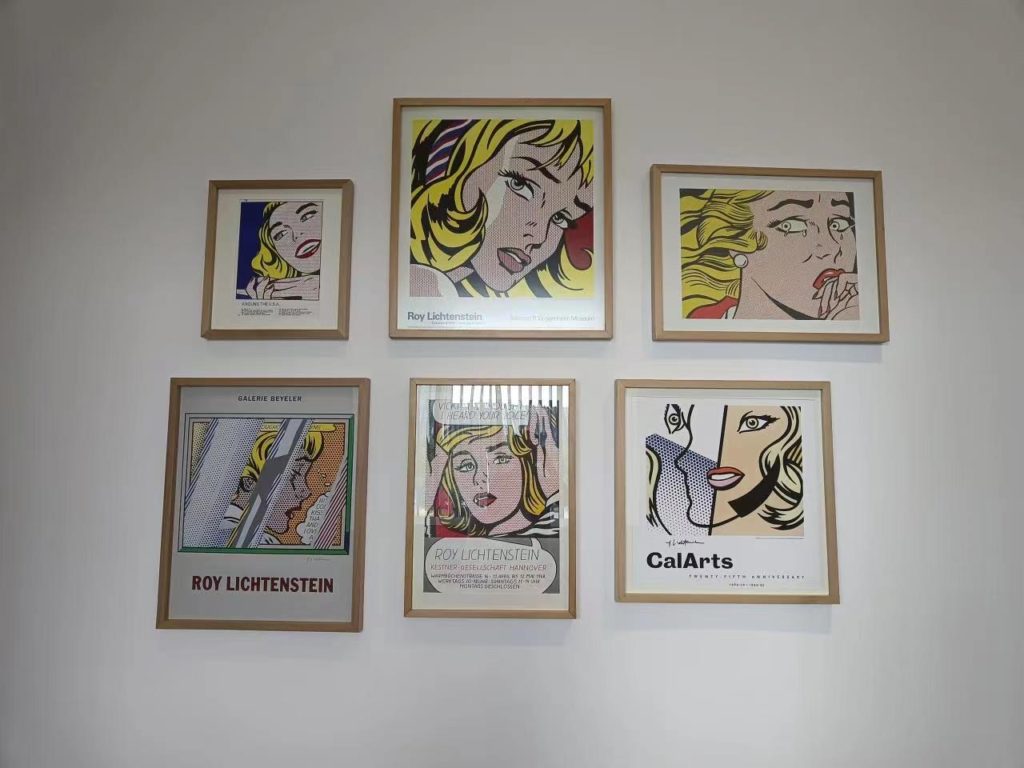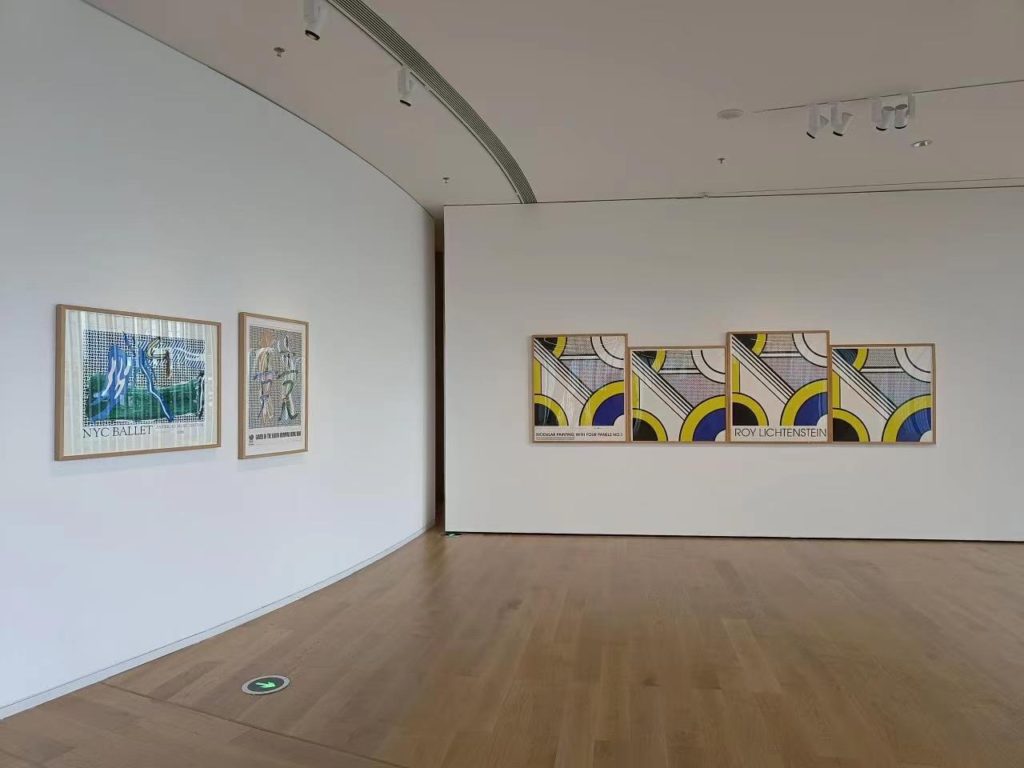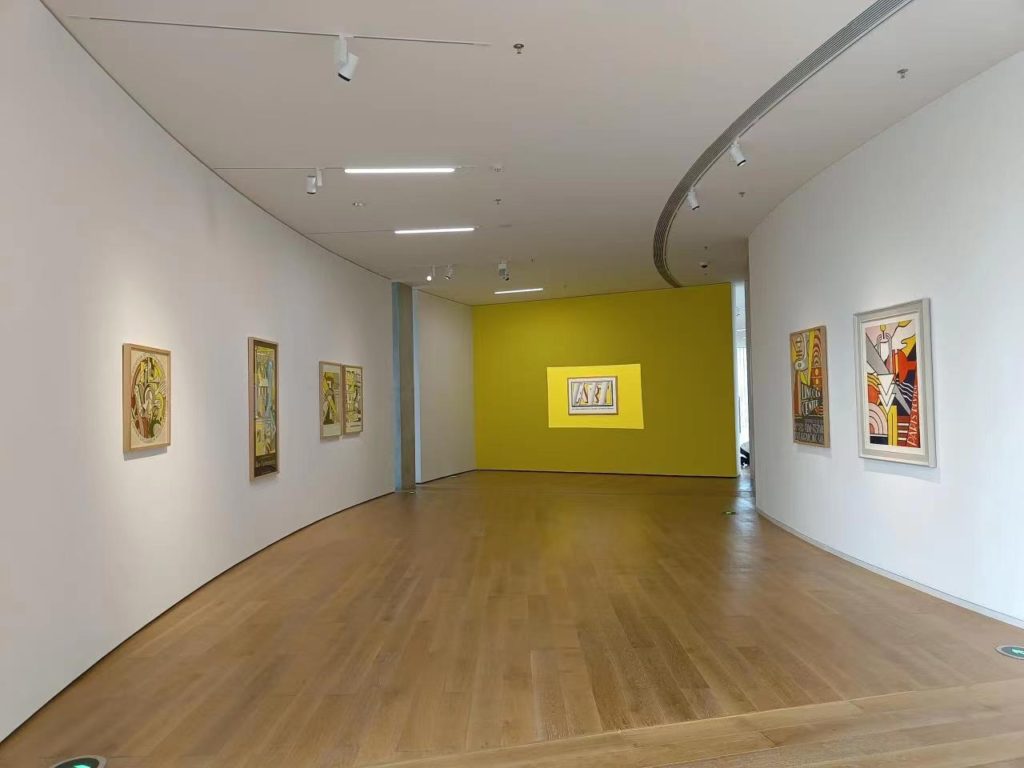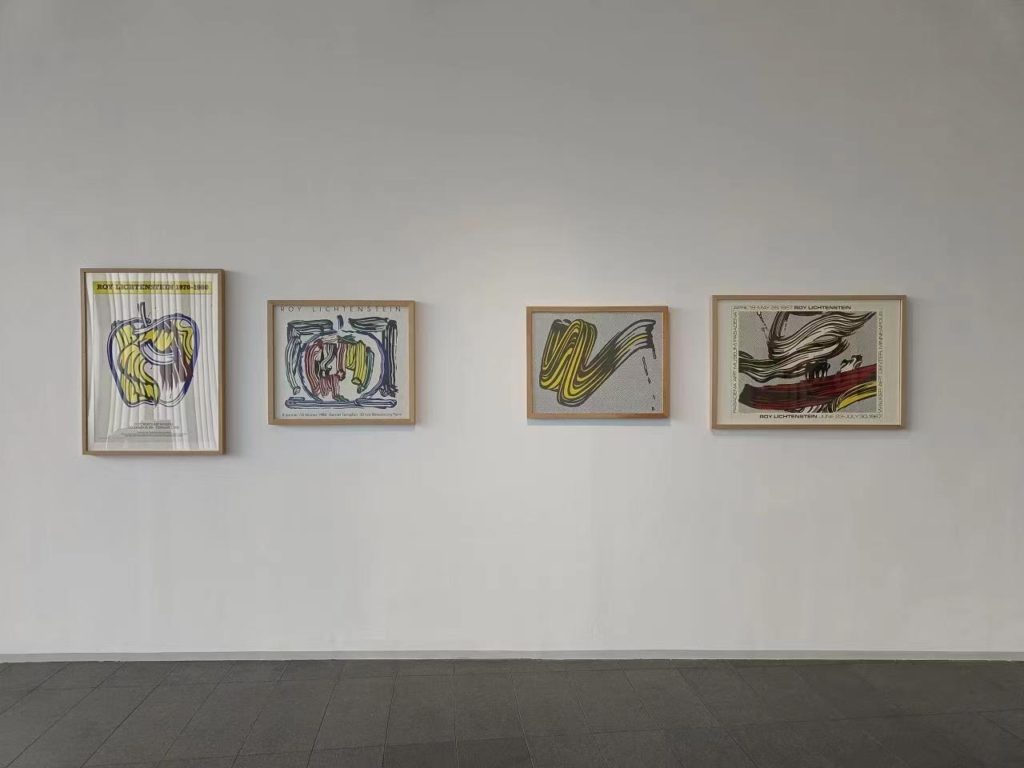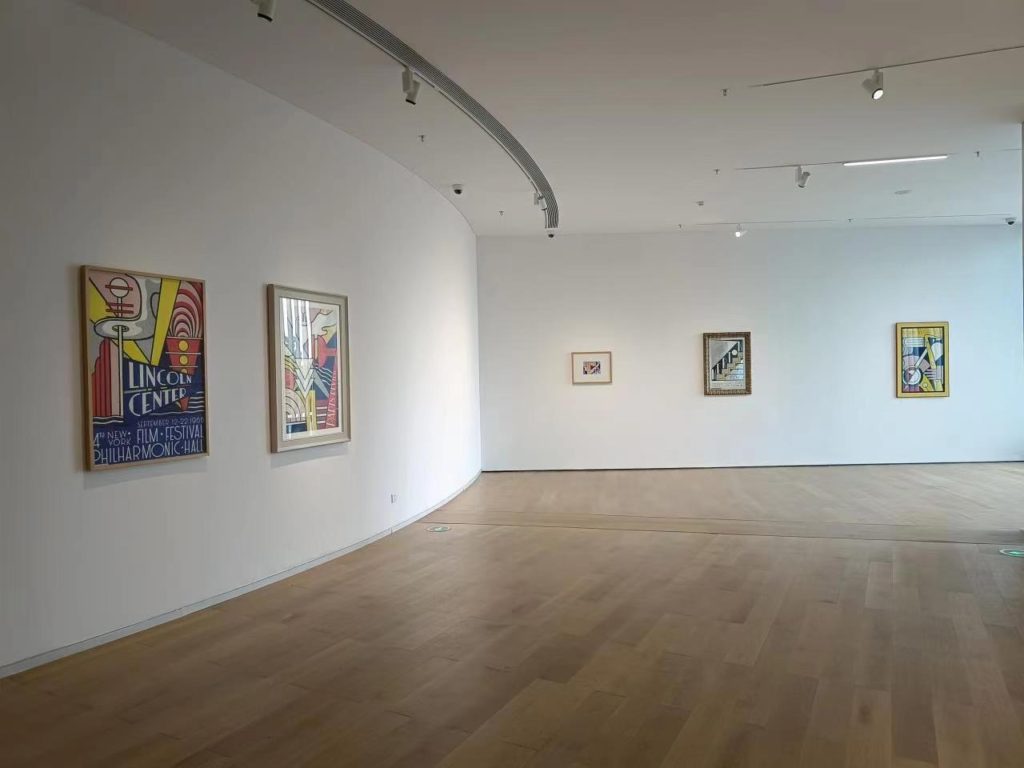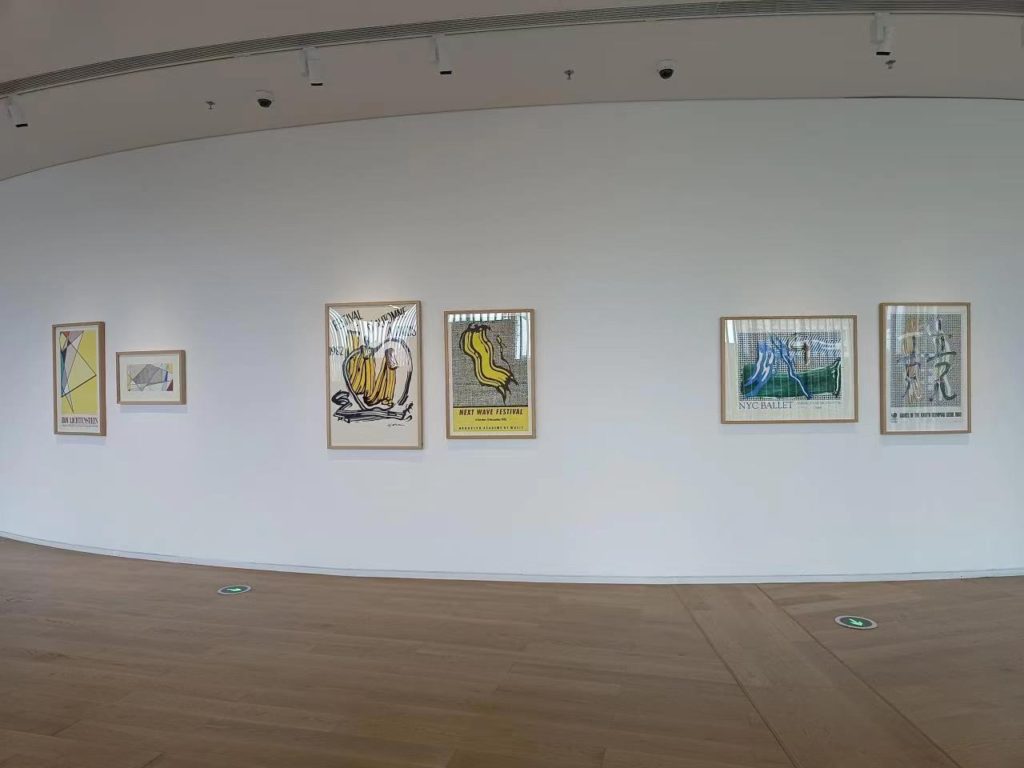Roy Lichtenstein
Through graphic works, objects and other artistic elements, this exhibition explores the iconic themes of Roy Lichtenstein’s work, while also including his earliest pieces, those inspired on classical architecture, his relationship with cinema, music and theatre, and his collaborative projects with other contemporary Pop Art artists. As a result, the exhibit covers all of Lichtenstein’s creative stages, from his very first works in the early 1960s to those he produced just two years before his death.
Roy Lichtenstein (New York, 1923-1997) was one of the most important figures in North American Pop Art and the creator of a visual language typical of comic culture. When he was young, he was a fan of jazz music and radio programmes including Flash Gordon and Mandrake the Magician.
Lichtenstein studied Fine Arts at Ohio State University, and explored both Abstract Expressionism and Constructivism. In the early 1960s, however, he would abandon these norms, turning his gaze onto everyday life in a consumer-society-dominated cultural milieu.
From that point onwards, his production would be characterised by the appropriation of images from the world of illustration and advertising, while adapting the aesthetic of the comic strip. Beneath the apparent superficiality of his work lies a deep conceptual understanding of the role of the artist and his / her creativity in the post-industrial world.
In 1962, he showed his work at the Leo Castelli Gallery in New York. Soon after that, he embarked on the two themes that would make him famous: love and war. For his romantic stories, he drew inspiration from comics such as All-American Men of War and Girls’ Romances, which recreated the gender stereotypes of the time. As to the war theme, having fought in Europe against the Nazis during World War II, Lichtenstein chose to portray combat aircrafts in his works, often in positions of attack, as can be seen in his acclaimed Whaam! and his “As I Opened Fire” series.
As of 1964, he began to produce landscapes. Serene and empty spaces far removed from his works on war and love, though some of these pieces are reminiscent of his comic-strip aesthetic. With the predominance of the void and the absence of subject matter, Lichtenstein used these works to experiment with materials and optical effects.
Lichtenstein’s works are sometimes regarded as parodies of the abstract expressionism that pervaded the US art scene in the 1950s, with artists including Jackson Pollock and Willem de Kooning. His “Brushstrokes” series, which reflects on the true essence of painting, is one such example.
Lichtenstein also produced works associated with Post-Impressionism, Cubism, Futurism and Surrealism, establishing an admiration-based dialogue with the masters of the past: Claude Monet, Fernand Léger, Piet Mondrian, Vincent van Gogh and, particularly, Pablo Picasso, who had been his most important artistic influence, and whom he regarded as one of the most essential painters of the 20th century.
Roy Lichtenstein passed away unexpectedly in 1997, at age 73. His artistic and documentary legacy is preserved at the Roy Lichtenstein Foundation, which was created in New York in 1998.
Roy Lichtenstein. The Scent of Tears
Organised by: Made in View.
Co-organised by: Aurea Cultura i Art · Comediarting · Rumor Artworks.
Curator: María Dolores Durán Úcar.
Roy Lichtenstein. More Than Dots
Organised by: He Art Museum.
Co-organised by: Aurea Cultura i Art · Comediarting · Rumor Artworks.
Curator: María Dolores Durán Úcar.


